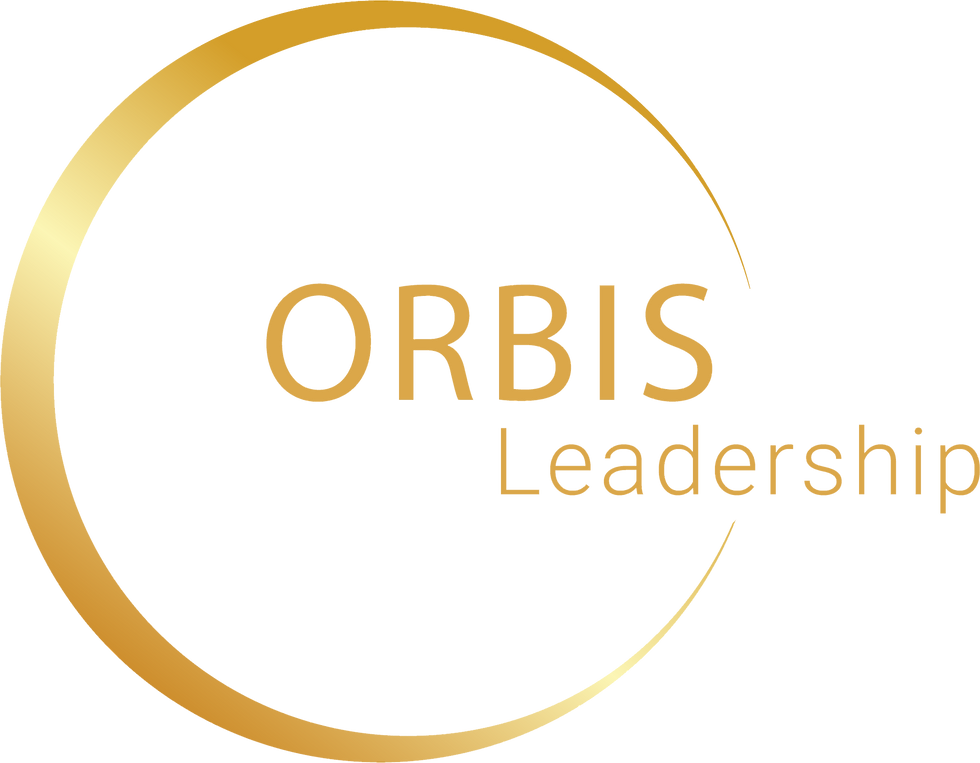Panel discussions are great opportunities to share insights, build your professional reputation network, and promote your business. However, preparing to be an effective panellist requires more than just showing up and answering questions. It involves good stage presence and the anxiety from public speaking. Don't worry. We have a step-by-step guide for you to shine as a panelist and get your message across clearly and confidently.

Step 1: Know Your Audience and Purpose
Before the event, research the panel's topic, your fellow panelists and the event's audience. Ask yourself:
Who is attending? Are they industry experts, executives or students? Adjust your message to their knowledge level.
What is the purpose of the panel? Is it a high-level discussion, or will the audience be looking for specific advice? Knowing this will help you shape your responses.
What are your key messages? What is the message you want to leave your audience with?
Step 2: Prepare Your Key Messages
A panel discussion is often fast-paced, so your messaging has to be concise and memorable enough to stay with the audience. Identify three key points you want to make during the session, making sure they align with your expertise and the topic of the panel.
Practice summarizing these points in short, clear sentences. This will help you stay focused and ensure that your key messages come across clearly, even with limited speaking time.
Tip: Use anecdotes, data, or a unique perspective to make your points more engaging and memorable.
Step 3: Study Your Fellow Panelists
If possible, research your fellow panelists beforehand. Understand their perspectives, strengths and potential biases. This will help you:
Anticipate points of agreement or disagreement.
Prepare questions or counterpoints.
Build on their responses instead of repeating them.
Step 4: Practice, but Stay Flexible
While over-preparing might make your responses sound robotic, rehearsing some talking points ensures you don't ramble or freeze up. But be ready to pivot if the discussion takes a different direction. You have to be prepared to rotate when the conversation suddenly moves on.
Step 5: Choose Your Outfit Wisely
What you wear can either boost your confidence or distract from your message. Business attire is appropriate, but consider the formality of the event:
A business suit works well for corporate or formal panels.
Smart casual might better suit a more relaxed or creative industry event.
Make your clothes are comfortable and professional, allowing you to sit, stand, and move confidently. Avoid overly bold patterns or accessories that could divert attention from your words.
Step 6: Act Professionally on Stage
Your body language speaks volumes before you utter a word. As a panelist, you should project confidence and engage with the audience and fellow speakers. Here's how:
Posture: Sit upright and slightly forward. Avoid crossing your arms or slouching.
Eye contact: Look at the other panellists when they speak, and make occasional eye contact with the audience to keep them engaged.
Facial expressions: Show attentiveness and avoid negative reactions, even if you disagree with another panelist.
Body language: Use natural hand gestures to emphasize your points, but don't fidget.
Step 7: Timing Your Responses
Panelists usually have limited speaking time, so knowing when and how long to speak is critical:
When to speak: Don't interrupt others, but don't be afraid to step in when the moderator opens the floor for responses. A good panelist knows how to "read the room" and chime in at the right moment.
How long to speak: Aim for 1-2 minutes per response. Short answers are more effective in keeping the audience's attention (and letting others contribute.
If you tend to be long-winded, practice beforehand with a timer. As in most communication, less is more in panel discussions.
Step 8: Be Ready for Follow-Up Questions
While your main goal is to communicate your key points, be prepared for follow-up questions or comments from other panelists or the moderator. Responding thoughtfully will show your depth of knowledge.
If you don't have an immediate answer to a question, it's okay to acknowledge that and shift to an area where you can contribute insight.
Step 9: Engage with the Moderator and Audience
A panel discussion is a dynamic interaction. To excel, don't just focus on your speaking time—be an active participant throughout:
Engage with the moderator: A good moderator will guide the discussion, but you can support them by smoothly transitioning between points or answering their direct questions concisely.
Engage with the audience: If there's a Q&A, be ready to answer questions and try to relate your responses to your key messages.
Step 10: Wrap Up with a Strong Conclusion
As the discussion draws to a close, you may have a final opportunity to speak. Use this time to reiterate your main points briefly, thank the audience and end on a forward-thinking note. A closing remark like, "I'm excited to see how we can all take these ideas forward in the coming months," shows optimism and leaves a lasting impression.
In summary, performing well as a panelist requires preparation, poise, and presence. By knowing your audience, refining your key messages, and presenting yourself confidently on stage, you'll not only get your message across but leave a lasting impact on both the panel and the audience.



Comments